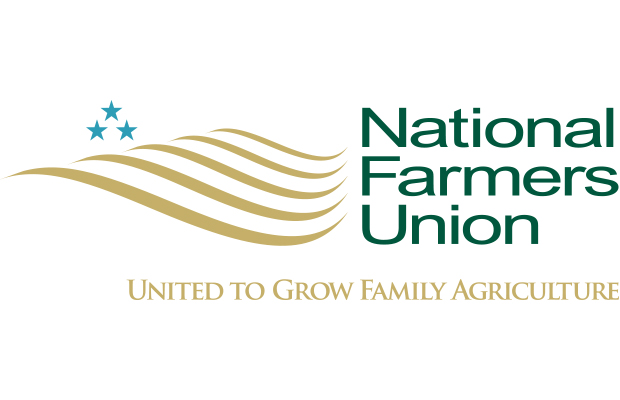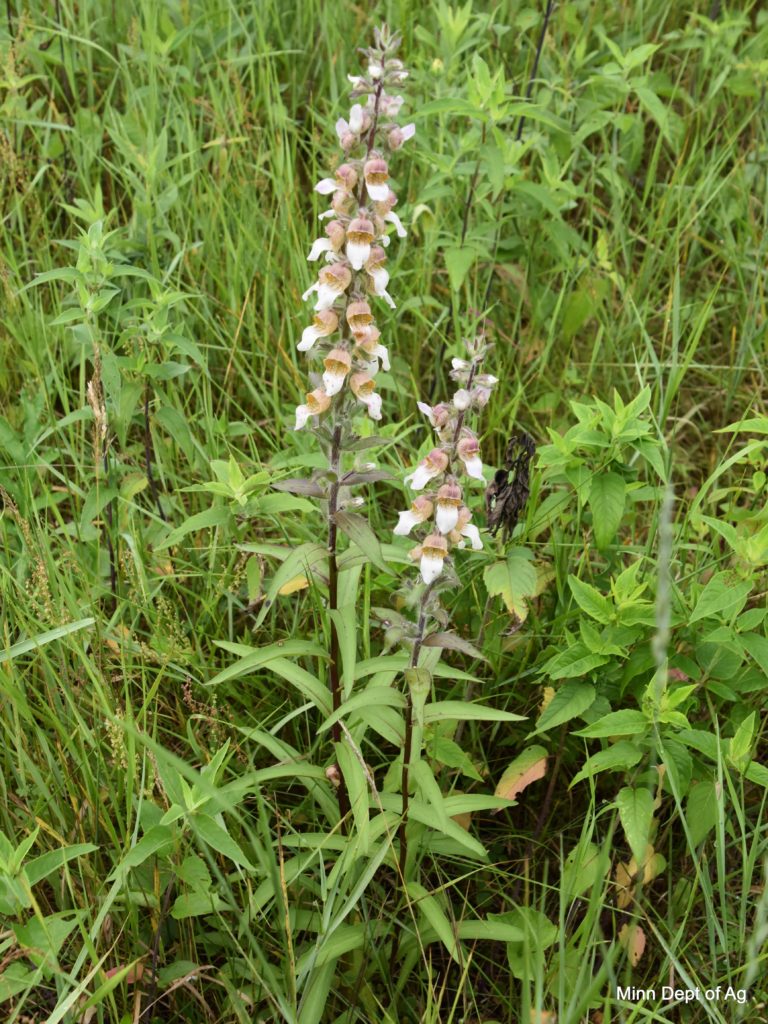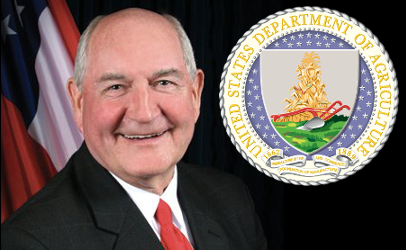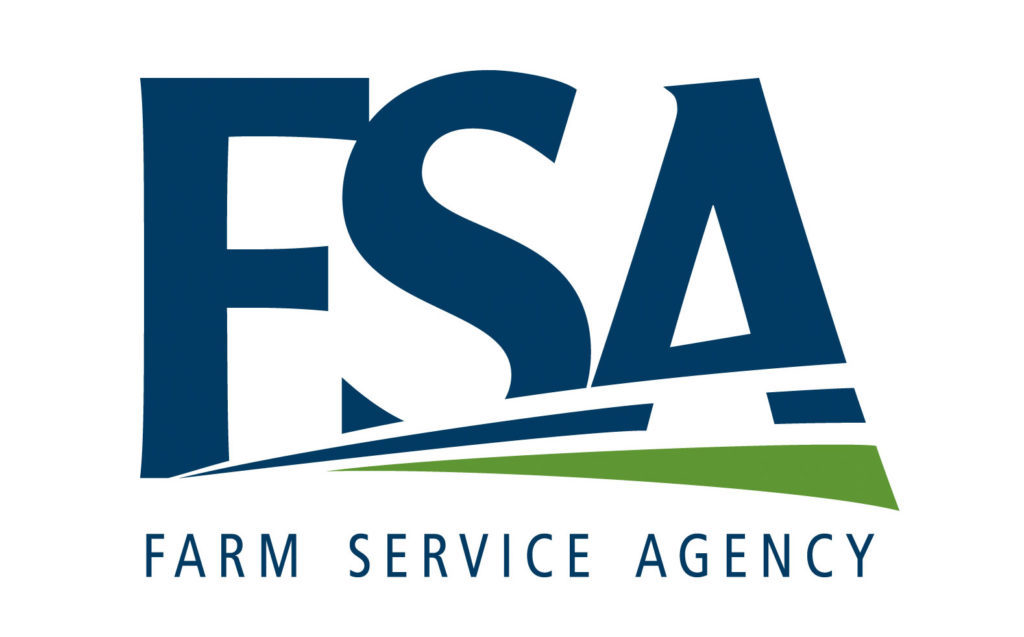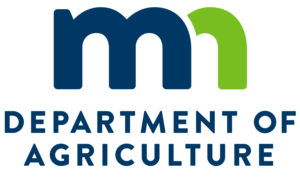They could mean service dogs?
You don’t have to be a farmer if you go to secondary education for an Agriculture Degree. American agriculture has been fighting that perception as long as anyone can remember. The Ag umbrella has more jobs underneath it than most people realize, and most of which have nothing to do with growing crops. Mahtomedi, Minnesota native Emma Persoon is the perfect example of how valuable and versatile an ag education can be.
“I’m a sophomore at Iowa State University and studying Animal Science,” she said. “The Animal Science Degree falls under the College of Agriculture and Life Sciences. I’m there because I love working with animals.
“I grew up showing rabbits around the country,” she recalled. “I also showed a llama during my time in the 4H program, which is where I really got my start in working with animals. As a sophomore in high school, I got a job at a dog kennel in Lake Elmo, Minnesota. I really enjoyed that job as well, so I knew I wanted to do something with animals for a living.”
Persoon wasn’t quite sure just what that would be at that point. At the end of her senior year in high school, she’d chosen to attend Iowa State University and major in Animal Science. At that time, she was considering a career as a large-animal veterinarian. After working through her freshman year and returning home for the summer, her career path took an unexpected turn.
“I had returned to working at the dog kennel in Lake Elmo when my mom asked me an interesting question,” she said. “My mom said, ‘do you want to foster a dog for a service animal organization?’ My first reaction was ‘yeah, sign me up!’”
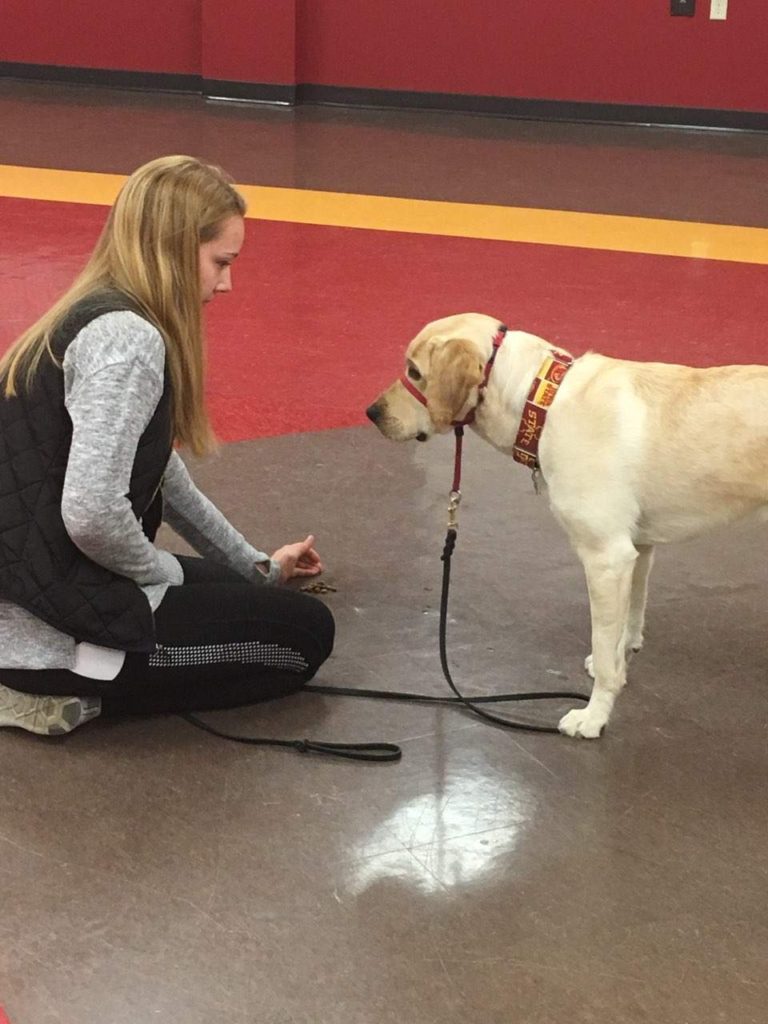
Through peals of laughter, she said, “I think I was filling out the online application before we’d finished the conversation.”
Just a week after filling out the paperwork and going through volunteer orientation, her life would change as she got their first puppy. He was just ten weeks old and it was up to Persoon to show him the service-dog ropes.
“I’d already had public-access training through the organization,” she recalled. “When we receive the dogs, they come with a vest that says ‘Service Dog in Training’ on it. Even when they’re just 10 weeks old, the organization wants you to take them out in public. The training teaches the volunteers how to interact with people out in public, and how to interact with store managers who might not be comfortable with the dog in there.”
While walking a dog might sound like fun, it’s important to remember the dog was still a puppy, and puppies can be a challenge. “He went to the bathroom in stores,” she said. “As I kept working with him through the summer, I asked the organization (who wishes to remain anonymous) if I could take him back to school with me. I’d only had him for six weeks, but they said no, they didn’t want him that far away, which I understood. Once I got back to school, I kept getting their emails, saying they really needed volunteers.”
She called them back a month later and told them she was still willing to take a dog. Her apartment was on the second floor, so she didn’t have front door access to potty train a young dog. Persoon requested one that might be a little older. After emailing back and forth for a while, they sent her a dog to work with while at school.

“I’m what’s known as a puppy raiser in the program,” she said. “Puppy raisers have the dog from the time they’re ten weeks old to when the dogs go in for final training at 18 months. It’s a two-year long process from start to finish training as a service dog.”
Persoon said giving up dogs after working with them for weeks on end was tough. “Yeah, I cried even after just six weeks with the first puppy I had. I cried all day.”
Training a service dog happens in two parts. Part of it is what the public might think of as typical dog-obedience training. The other part is training them to be in public as service dogs. They go out in public two or three times a week to get them used to different situations.
“The dog I’m working with knows all the basic obedience commands,” she said. “He knows how to grab something off the floor and bring it to your hand. He also knows how to open and close cupboards

“What we do is put a braided rope-type of a toy on the handle of the cupboard,” she said. “Then, we teach the dog to pull it open. That means you need to have some things set up in your house to do that type of training. Once you get the setup in place, it’s actually not difficult to teach them that skill.”
She said the service dogs that go into training are typically super-smart. That doesn’t mean you don’t need a ton of patience to do the job well. Persoon said her dog is very smart but gets frustrated very easily.
“The organization I work with has a breeding program,” she said. “The Labrador retrievers are bred for their smarts, but they still do go through adolescent phases where they get frustrated. I’ve brought my dog with me to class and he doesn’t like having to sit still for 50 minutes at a time.
“I try to take him for a half-hour walk before class to tire him out a little,” Persoon said. “I also bring a mat for him to sleep on because the floors are a little slippery. I try to set him up with the most comfortable experience as possible. I even bring in a chew-toy for him.
“He’s a vocal dog, which makes it more of a challenge,” she said. “I wish he was quieter so I could ignore him, but I can’t. He’s very vocal and I can’t have him interrupting class. All my professors know they’re going to have a service dog-in-training in their classroom. They’re obligated to let them be there. However, if the dog becomes disruptive enough to interfere with the teaching, then they are absolutely able to ask me to leave. However, none of my professors have gotten to that point yet. I do get looks occasionally but they try to be patient.”

Persoon said working with service dogs has given her a path she’d like to follow in her professional life. Again, she was considering a career as a large-animal veterinarian. However, the first service dog she worked with changed that path completely. Working with a dog for hours at a time on skills “relaxes” her.
“It’s really rewarding to see their brain work for me,” she said with a smile visible through a phone call. I’m looking into different internship opportunities with service dog organizations this summer. I would love to go into service dog training, but I’m also considering canine nutrition as well, which I’m interested in.
“That’s the most rewarding thing about service dog training,” she added. “I’ve found my career path.”
She’s a living, breathing example of the fact that an Agriculture degree doesn’t mean you have to be involved in production agriculture.
“I know for a fact there are some people (including her professors) that think choosing the service dog training as a career path isn’t as valuable as working on a hog farm, a dairy farm, or any other large-animal production fields.
“For me, it’s all about knowing that someone who normally can’t go out in public on their own, can now be out in public because of the dog I’m training,” Persoon added. “That to me is just as valuable as putting food on the table is for someone else.”
The organization she works for trains five different types of service dogs. They train mobility-assist dogs for people in wheelchairs or on walkers; hearing assist dogs, which can alert someone on things like a smoke alarm going off, if an oven bell dings, or the doorbell rings; diabetic alert dogs for people with Type 1 Diabetes. If someone goes into a diabetic low, the dog will alert to that; there are seizure-assist dogs, which lick the face of their handler to help them come around, go get help if it’s needed, or actually push a button to call 911; they also train dogs for autistic people.
Persoon is looking into a possible internship involving service dog training for people with autism. It’s near-and-dear to her heart as she has a brother with autism. “it’s amazing to think that we can train a dog to help someone with autism just because there’s a wide range on the whole autism spectrum.”
“We see dogs from the organization I work for out with their people all the time, which is neat to see,” Persoon said. “We were in a mall the other day and I had the dog with me. We were doing some training when a woman approached me to talk about her autistic daughter’s service dog. The woman said the dog helps her out so much. It’s neat when we have our service dogs out in public and we meet people who’ve been doing well with the dogs our organization trains.”
She wanted to let those in the public who don’t know that it’s important to not approach service dogs when they’re in public and working/training. The dogs are supposed to pretend that other people don’t exist. Persoon said that’s one of the hardest lessons for the new puppies to learn. It’s not surprising that people want to pet or talk to a dog in a place where they don’t normally see one. Again, it’s important to leave the service dogs alone when they’re wearing a vest.
“The dog I’ve got right now really recognizes the difference between off-duty and working,” she said. “When the vest goes on, he’s really good at ignoring people. Once in a while, he gets kind of excited when someone talks to him, but for the most part, he’s all business. When his vest comes off and we go for a walk, he’s like a typical dog.
“Any breed of dog can be service dogs,” she added, “but most of the training organizations use labs or golden retrievers. The dogs have to be intelligent but those two breeds in particular love working with and want to please their people.”

